When I first came to Washington State in the summer of 1974 to attend the Fishtown Archeological Project field school, I was quickly introduced to Northwest Coast Indian art. Shortly thereafter, I purchased my copy of Bill Holm’s seminal book, Northwest Coast Indian Art: An Analysis of Form (©1965) and thus took my first steps towards learning the art. I found that I was immediately drawn to the formal, symbolic aspects of the art, and vowed to learn the design “rules” of this amazing art, with the help of Holm’s book. As with anything self-taught, this was a long process consisting of more failure than success, but it was a starting point. I returned to Washington in the summer of 1975 to continue my archeological field education, this time at the Ozette Dig on the Olympic Peninsula. At Ozette, I continued to try my hand at designing by painting on cotton bed linen.
Moving to Neah Bay in 1980 was a life-changing experience, to say the least. As a high school math and science teacher, I had very little opportunity to do art. Summer break was the only chance I had to paint, and if I got one art project done per summer, then I was happy. What I did have was the opportunity to learn first-hand about Makah culture, tradition, and values. The people of Neah Bay were so open and giving, and for that we are immensely thankful and eternally grateful. And as such, Neah Bay will always be our home, no matter where we live. We were invited to parties at the community hall commemorating birthdays, weddings, name-giving, and memorials, sometimes lasting to the wee hours of the next morning. We enjoyed Makah Days every August and looked forward to the songs and dances done at that time. It is one thing to see the design on a drum or mask, but it is something truly special to see that drum in use during a family song or see that mask come alive in a dance, as it was intended. I also got to witness many fine artists at work and to see the fruits of their labor. Meanwhile I continued to paint, now on cedar boards, as I attempted to increase my knowledge and refine my technique. My various projects followed the Northwest Coast tradition and were intended to be exercises in learning the different regional art styles. These photos show some of the projects that I completed during this time.
At this same time, we had another cultural experience which was to have a major impact on my designing. In the summer of 1993, Leigh’s mom invited us to join her in a trip to Scotland as an opportunity for Leigh and Jessie to reconnect with their Scottish ancestry. I was taken by the natural beauty of Scotland and amazed at how similar, in many ways, Scotland was to the Pacific Northwest. Maybe it’s my anthropology training, but I immediately began to delve into Scottish culture and history. I began to view Celtic art as another expression of the formline structure so important in Northwest Coast art. The Book of Kells and other great illuminated manuscripts became my new models and inspiration for my designs. I also looked at Pictish carving on standing stones and the Celtic stone crosses of Scotland for ideas and design elements. We were able to visit many places on our next four trips to Scotland and it was very helpful towards my continuing art education. Thus, while still living in Neah Bay but with the addition of biennial trips to Scotland, my plan became the development of a hybrid/fusion art style using Celtic design elements overlapping a Northwest Coast formline structure.
In the summer of 1994 I took my first steps in moving away from Northwest Coast Indian Art by painting a large screen showing Leigh under cedar branches with a hawk. It still had a stronger connection to the art than I hoped, but it was a start.
All of these elements today form the basis of my art. It is an art education that will be ongoing as long as I paint—and it is a course whose direction I am excited to follow.
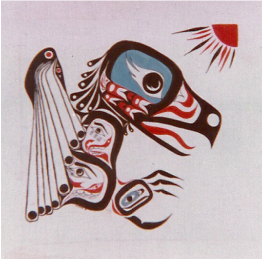
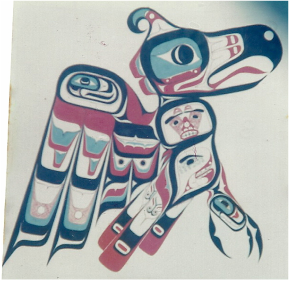
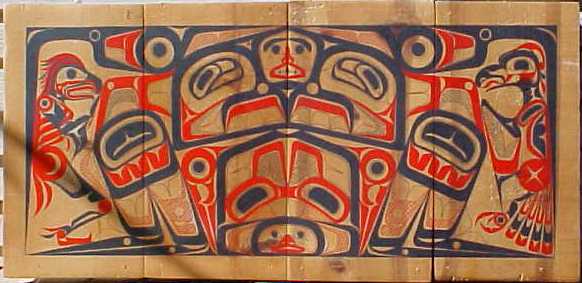
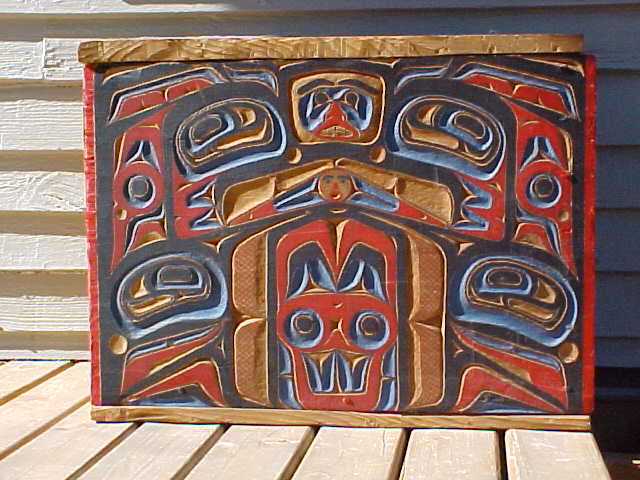
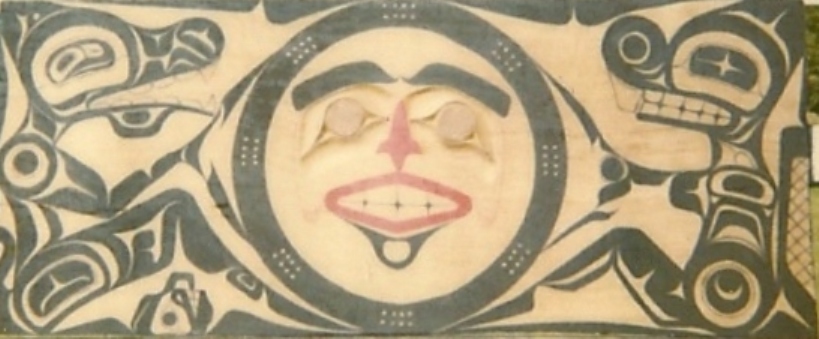

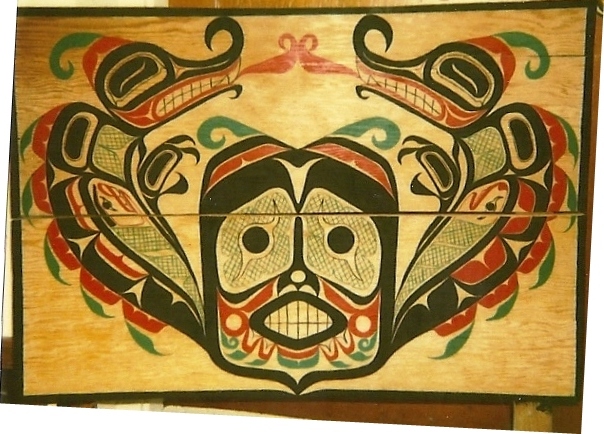
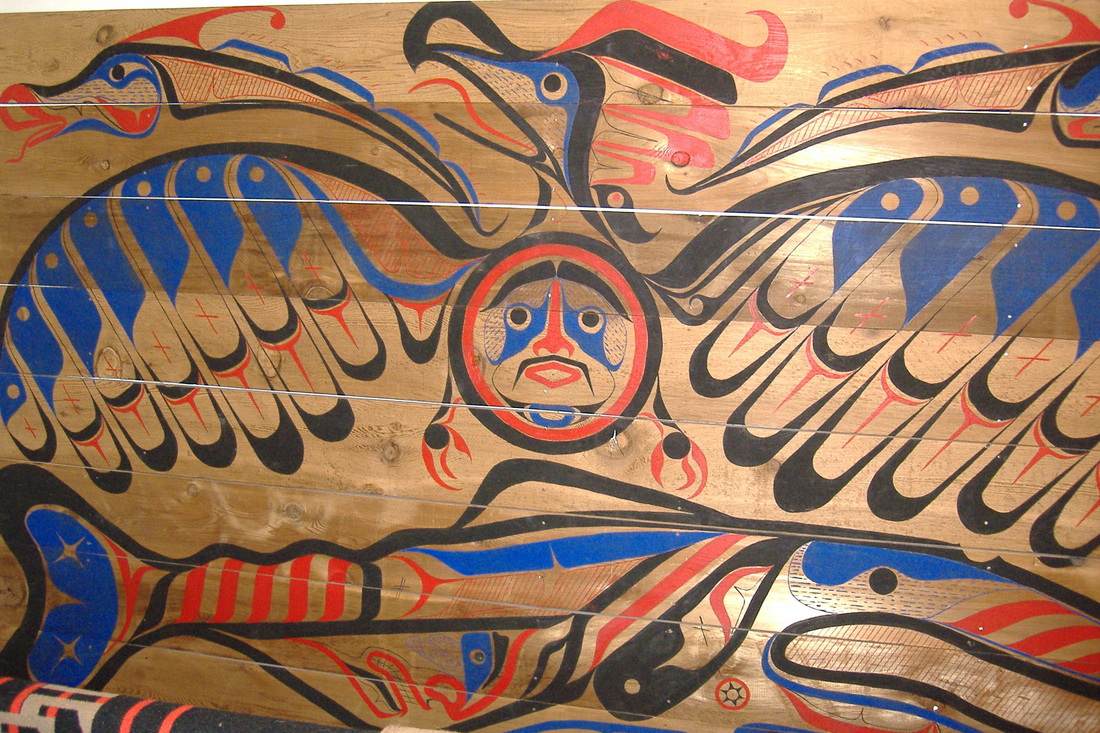
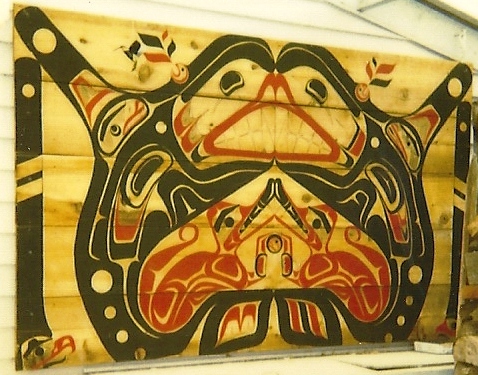
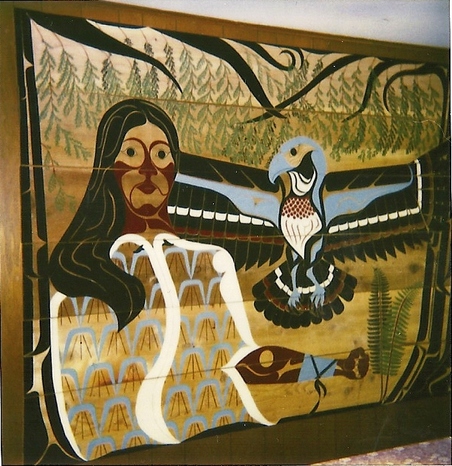
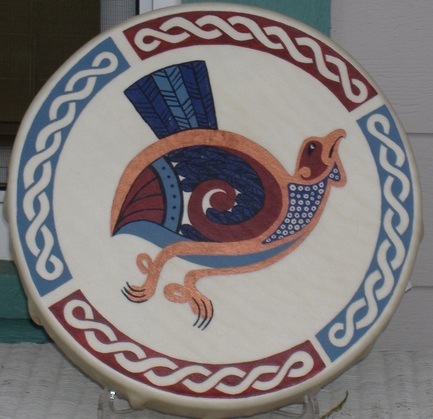

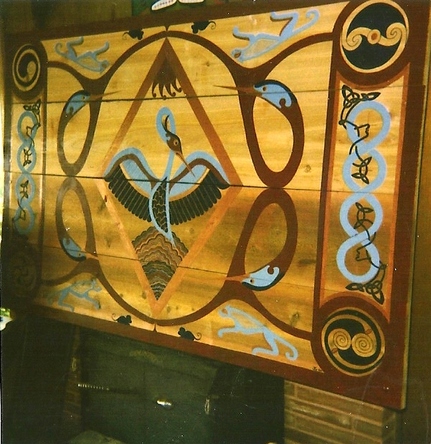
 RSS Feed
RSS Feed